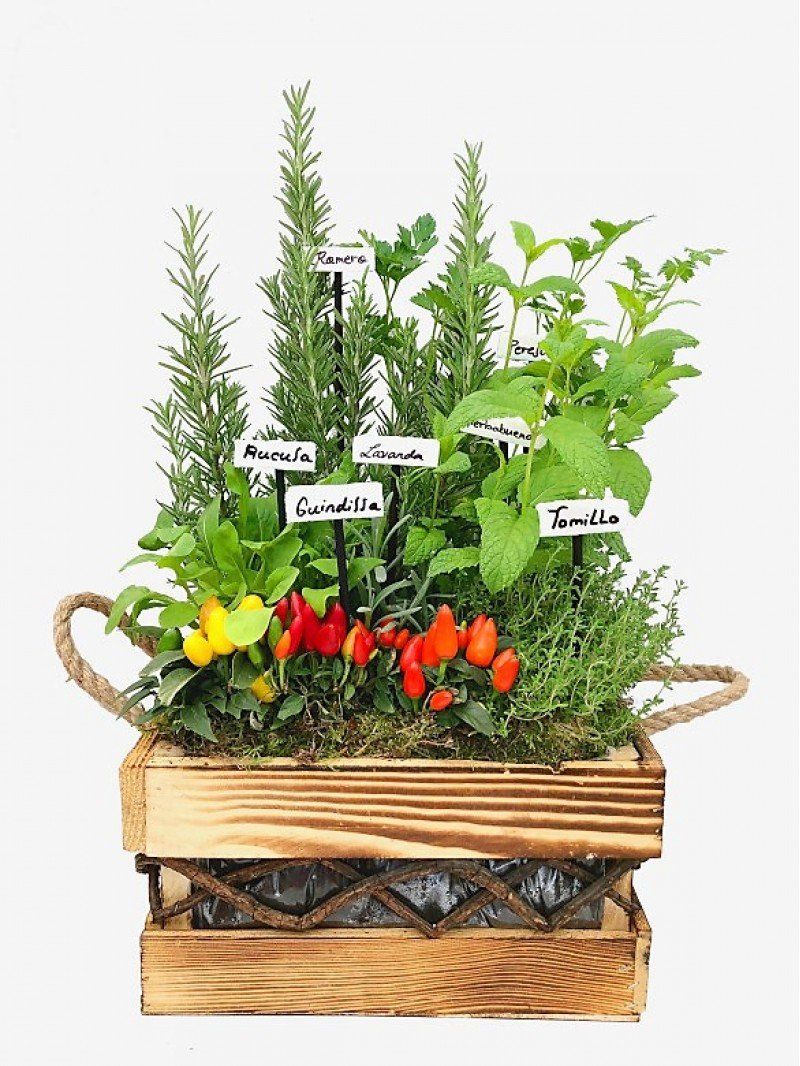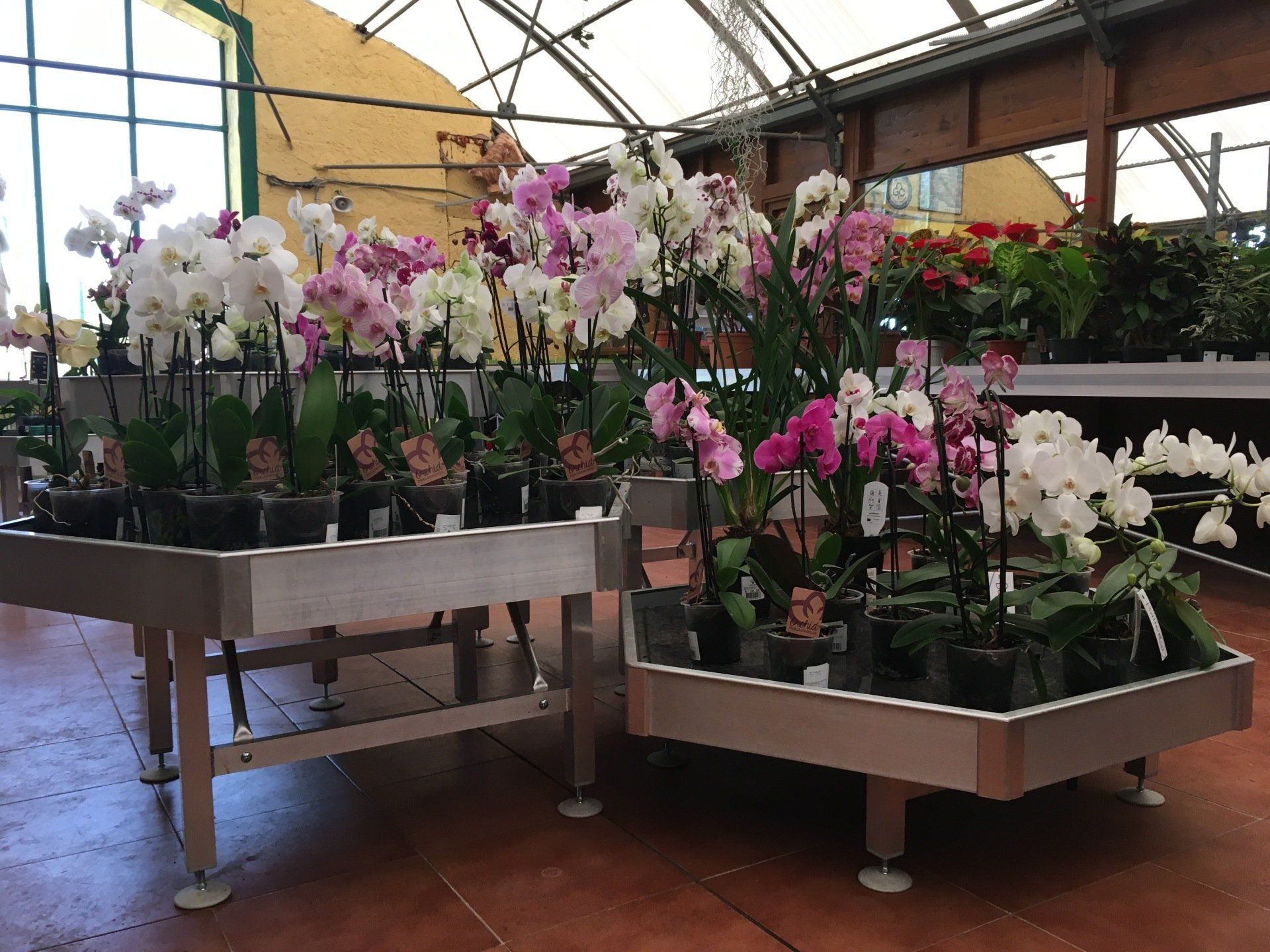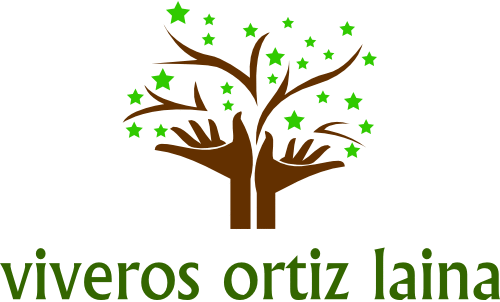NEW!!!
We launch our new online store "ORTIZLAINA Store"
Here you will find the types of products available for sale online. In case of doubts, contact us and request more information.
transforming homes into unique spaces
dare to be a landscaper you too
We have the best professionals
we import quality material
we carry out custom projects
A spirit transmitted since 1965
Opening hours⏱
Available from Tuesday to Sunday * from 9:00 a.m. to 2:00 p.m. - 4:00 p.m. to 8:00 p.m. * (Sundays only open from 9:00 a.m. to 2:00 p.m.) WE WILL REMAIN CLOSED WHILE WE DO NOT RECEIVE AUTHORIZATION FOR THE OPENING AGAIN WE WISH TO SEE YOU AS SOON AS POSSIBLE


















































































































